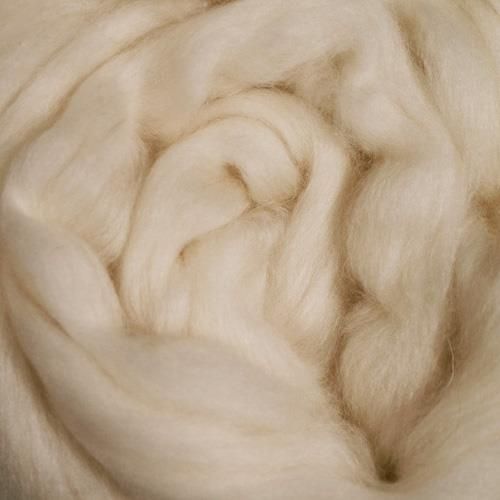Is Cashmere a Natural Fiber? Exploring Its Organic Origins and Uses
Is Cashmere a Natural Fiber? Exploring Its Organic Origins and Uses
Blog Article
Understanding the Different Kinds Of Cashmere an All-natural Fiber and Their Unique Advantages

The Origins of Cashmere: A Historical Summary
While the glamorous touch of cashmere continues to beauty modern customers, its origins map back to the rough, chilly environments of Mongolia and the Mountain ranges. For centuries, the indigenous peoples of these areas have actually been elevating Capra Hircus goats, the prime resource of cashmere wool. These goats, resilient against the extreme wintertimes, expanded a fine undercoat to endure, which later on became known as cashmere.

The Manufacturing Process: From Goat to Garment
Shearing a Capra Hircus goat marks the inception of the intricate cashmere production process. The resultant raw cashmere is after that cleaned to eliminate pollutants such as veggie, oil, and dirt issue.
The tidy fiber is subjected to coloring, rotating, and weaving, or knitting, to change it right into a fabric. Facility treatments like quality assurance checks and completing procedures comply with, guaranteeing the end item maintains the lavish standard expected of cashmere. This meticulous procedure, from goat to garment, validates the high price affixed to cashmere items, making them an icon of high-end and refinement.
The Different Sorts Of Cashmere: An Extensive Analysis

The Distinct Benefits of Cashmere: Comfort and Sustainability
Moving from the selection of cashmere kinds to the benefits they offer, comfort and sustainability attract attention plainly. Cashmere, a natural fiber, is renowned for its exceptional soft qualities, offering a degree of convenience that synthetic fibers can't match. The product's agility, yet remarkable warmth retention, makes it ideal for all seasons. Moreover, cashmere's all-natural flexibility enables it to return to its original shape, making it resistant to reducing or extending.
When it pertains to sustainability, cashmere is renewable and biodegradable, as it's harvested from cashmere goats that regrow their coats yearly. what is cashmere. Unlike synthetic fibers which can take centuries to disintegrate, cashmere's effect on the environment is have a peek at these guys very little. This mix of convenience and sustainability makes cashmere a beneficial option for conscious customers

Caring for Your Cashmere: Upkeep and Conservation Tips
While cashmere is certainly a lasting and elegant selection, it needs details like preserve its top quality and prolong its lifespan. To begin, cashmere should be hand cleaned utilizing cold water and a mild cleaning agent. Avoid turning or wringing the garment as it can harm the fibers. this website Instead, gently eject excess water and lay it level on a towel to dry. Moreover, cashmere items need to be saved in a great and completely dry place, away from straight sunshine and wetness. Utilizing moth repellents can shield these garments from prospective damage. Last but not least, it's advisable to stay clear of hanging cashmere to avoid extending. Rather, fold and store them appropriately to keep their form and quality gradually.
Purchasing Cashmere: Understanding Its Worth and Worth
Although cashmere may at first seem like a costly financial investment, its long-term value and worth come to be obvious when you consider its remarkable high qualities. Understood for its unequaled soft qualities and warmth, cashmere is a premium all-natural fiber that surpasses other materials. Its high need and limited supply contribute to its high cost, however its longevity ensures More Bonuses it lasts for many years, providing superb worth for cash. Cashmere pieces are ageless, often coming to be treasures gave via generations. what is cashmere. Its all-natural insulating buildings offer heat without the bulk of artificial fibers. Investing in cashmere, as a result, is not almost existing style patterns, but regarding embracing a sustainable, durable, and glamorous lifestyle.
Conclusion
In recap, the type of cashmere one chooses, be it Mongolian, Chinese, or Italian, is dictated by private choices for warmth, sustainability, budget, and high-end. Comprehending the beginnings, manufacturing procedure, and unique benefits of various types of cashmere can direct customers in their investment in this elegant all-natural fiber.
Whether it's the extraordinary heat of Mongolian cashmere, the price of Chinese cashmere, or the eco-conscious production of Italian cashmere, there's a tale to be found behind each fiber type. Cashmere, an all-natural fiber, is renowned for its unmatched gentleness, offering a degree of convenience that synthetic fibers can not match.When it comes to sustainability, cashmere is sustainable and biodegradable, as it's gathered from cashmere goats who regrow their layers annually. Understood for its unequaled soft qualities and warmth, cashmere is a premium natural fiber that outperforms various other materials. Understanding the origins, production procedure, and distinct benefits of different kinds of cashmere can direct customers in their financial investment in this extravagant natural fiber.
Report this page